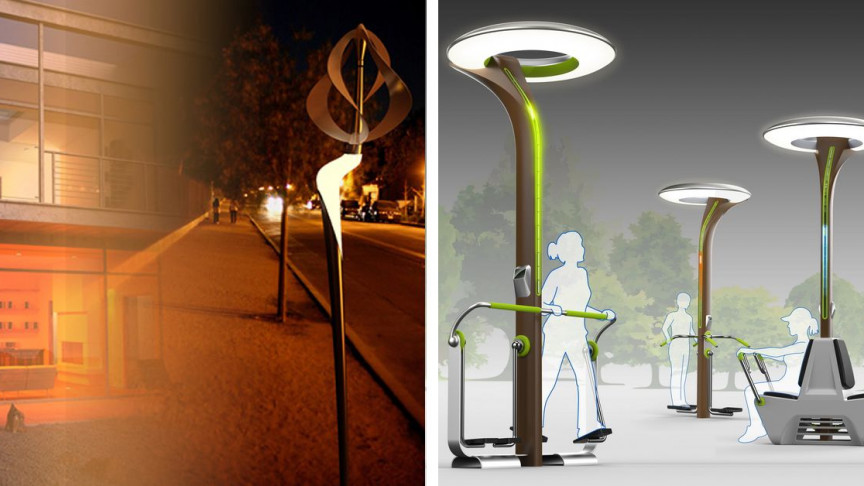
Whether we realize it or not, lighting touches every part of our world, from our homes and computer screens to commercial office buildings and highways. It does more than just brighten our lives – it impacts learning, the environment and even our mood.
Everyone reading this knows that the numerous breakthroughs in LED architectures, advanced materials, and innovative fixtures over the past decade have contributed to making LED the de facto lighting standard around the world. When compared to traditional incandescent bulbs, the state-of-the-art LED bulbs last up to 40x longer, are 10x more efficient, and reduce greenhouse gases by as much as 90 percent. According to Radiant Insights, the LED market is anticipated to grow 45 percent annually through 2020, making it a $63.1 billion industry and one of the fastest growing electronic device markets. This year we have seen the explosive growth of “Smart Lighting,” which combines LED fixtures with sensors to collect data and use that intelligence to control when, where, and how much light you want to deploy.
Smart and efficient lighting does not stop at LEDs. OLED lighting technology is an emerging new product category and is providing manufacturers and application developers a unique option to differentiate and innovate. According to Digital Trends, because of their nature, OLEDs are extremely thin, small and remarkably flexible. They are being used in some of today’s most cutting-edge products, from consumer, to automotive, to architectural applications. Many analysts, including IDTechEx, predict that the OLED market will continue in a development stage until 2020, at which point mass-market adoption is expected. Additionally, based on the current level of activity with Pixelligent’s global customers, we expect the number of potential OLED lighting applications to accelerate over the next three to five years.
What is driving the lighting industry to evolve its technology?
Consumers’ increased desires for innovative and connected products are driving manufacturers to pioneer new lighting solutions. Global manufacturers, such as LG Display, Konica Minolta, Osram Opto OLED and OledWorks are a few of the recognized leaders driving OLED lighting applications for a new generation of highly efficient and higher-quality lighting devices.
Pixelligent has taken a leadership position in this market, supporting innovation in this rapidly emerging marketplace through leading edge, high-index nanomaterials and advanced manufacturing solutions. The PixClearProcess is the key to delivering the efficiency that dramatically improves light extraction and overall performance in terms of light quality.
Key Markets and The Growth Potential for OLED
It is expected that the automotive, architectural lighting, and new building- construction markets are going to be the early adopters for OLED lighting. Delivering significant wins in these key markets will drive down the costs of OLED lighting panels, which will drive broader market adoption over a diverse set of applications, ultimately finding its way to the mass consumer markets by around 2022. The first two most critical markets that will enable this are:
- Automotive – The automotive industry is one of the earliest adopters and biggest drivers of lighting technology. Audi has been the leader in implementing new lighting technology to differentiate its autos and is the first automaker to begin using OLED lighting in its vehicles. Check out the tail lights on the Audi E-tron SUV, which are flexible OLEDs that create a 3D structure.
- Buildings and Construction – Starting in 2017, the building and construction market is expected to begin designing in-OLED lighting to replace the inefficient and low quality fluorescent lighting that is present in most buildings today. OLED lighting is not only significantly more efficient, but also delivers visibly higher-quality lighting.
What is driving this change in these industry and others? Leading advanced materials and device companies, which are at the forefront of delivering this next generation of highly efficient and higher quality OLED lighting to the market. Stay tuned for my next blog for a deeper dive into the manufacturing strategies and the key manufacturers in these markets to learn how they are impacting advanced lighting technologies.


